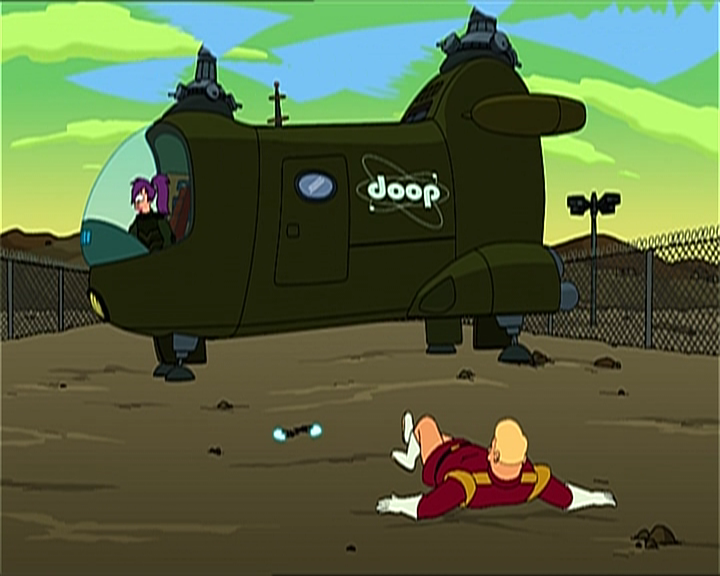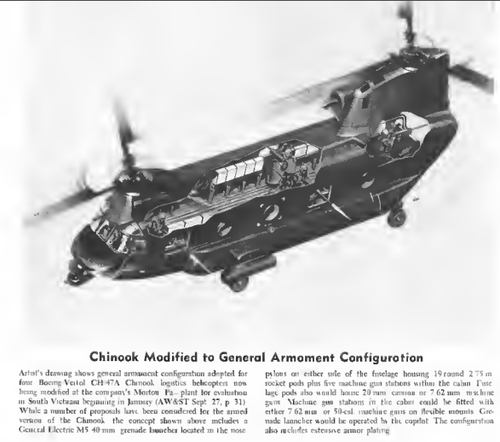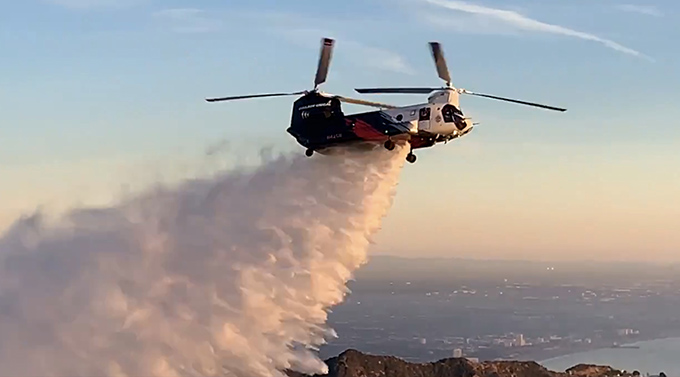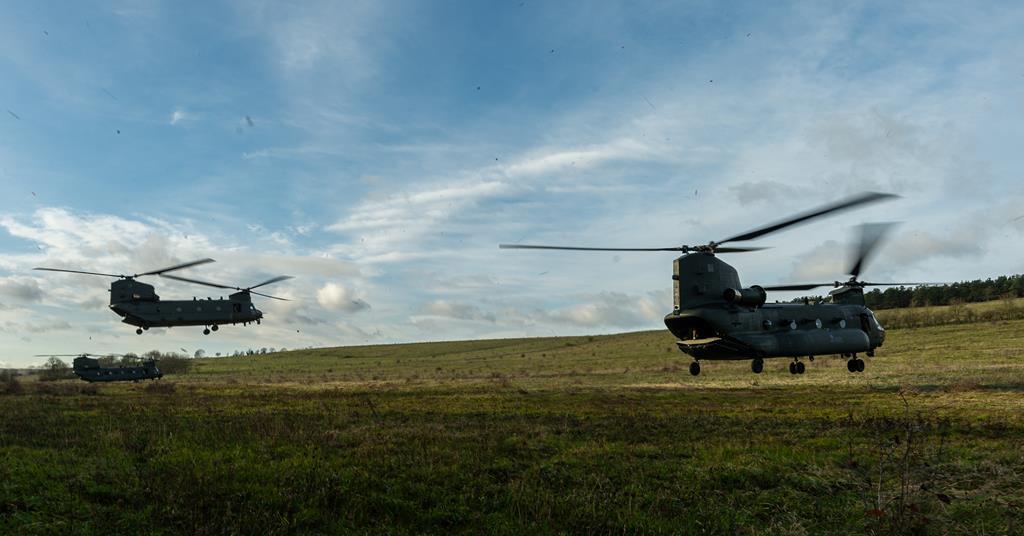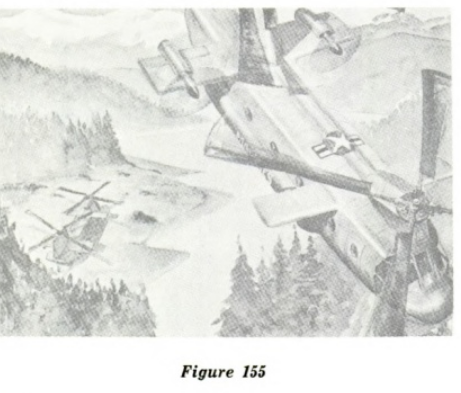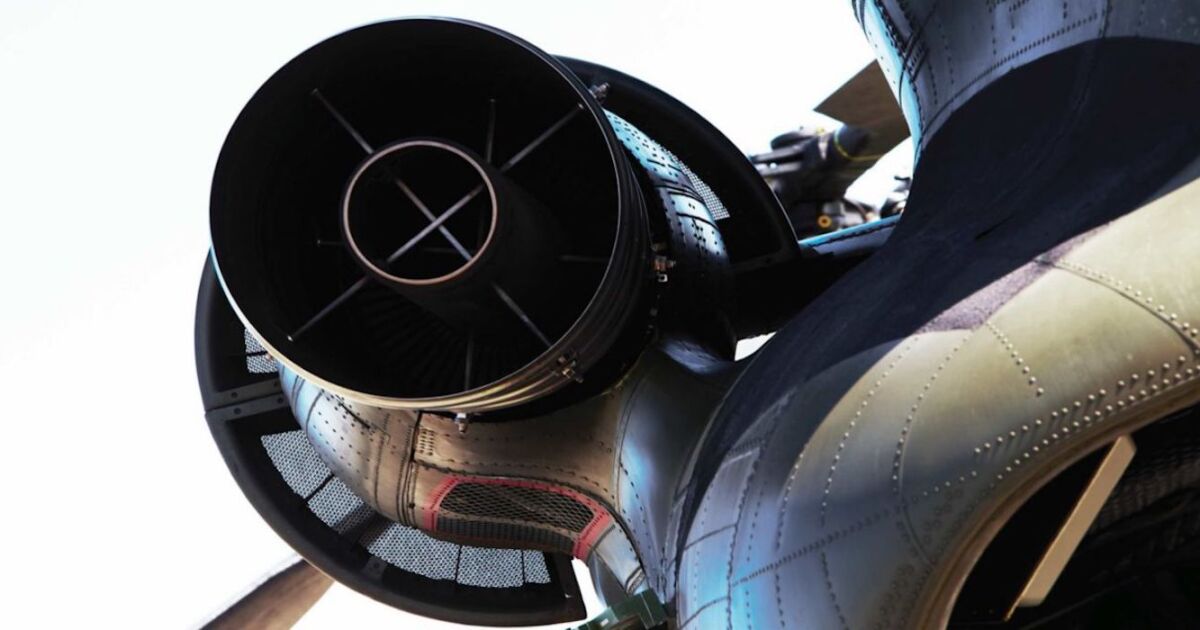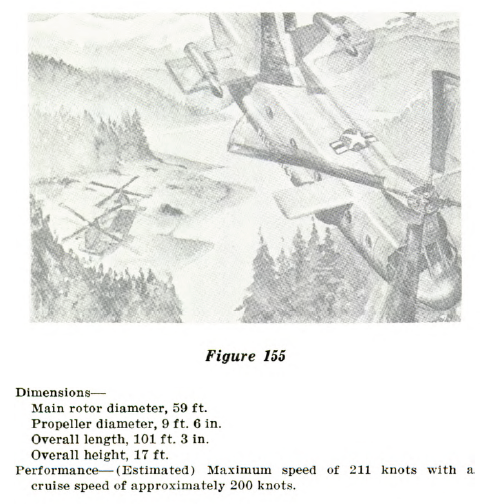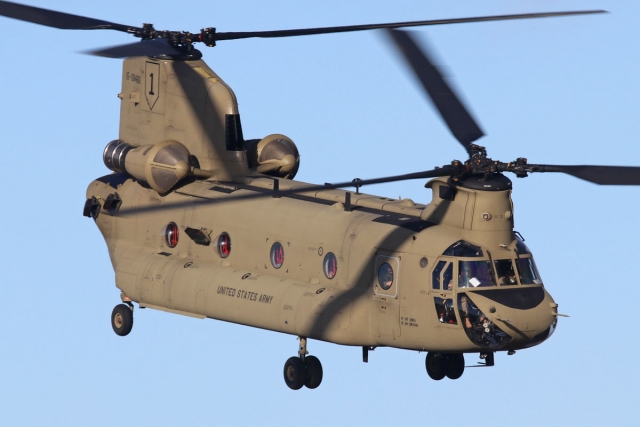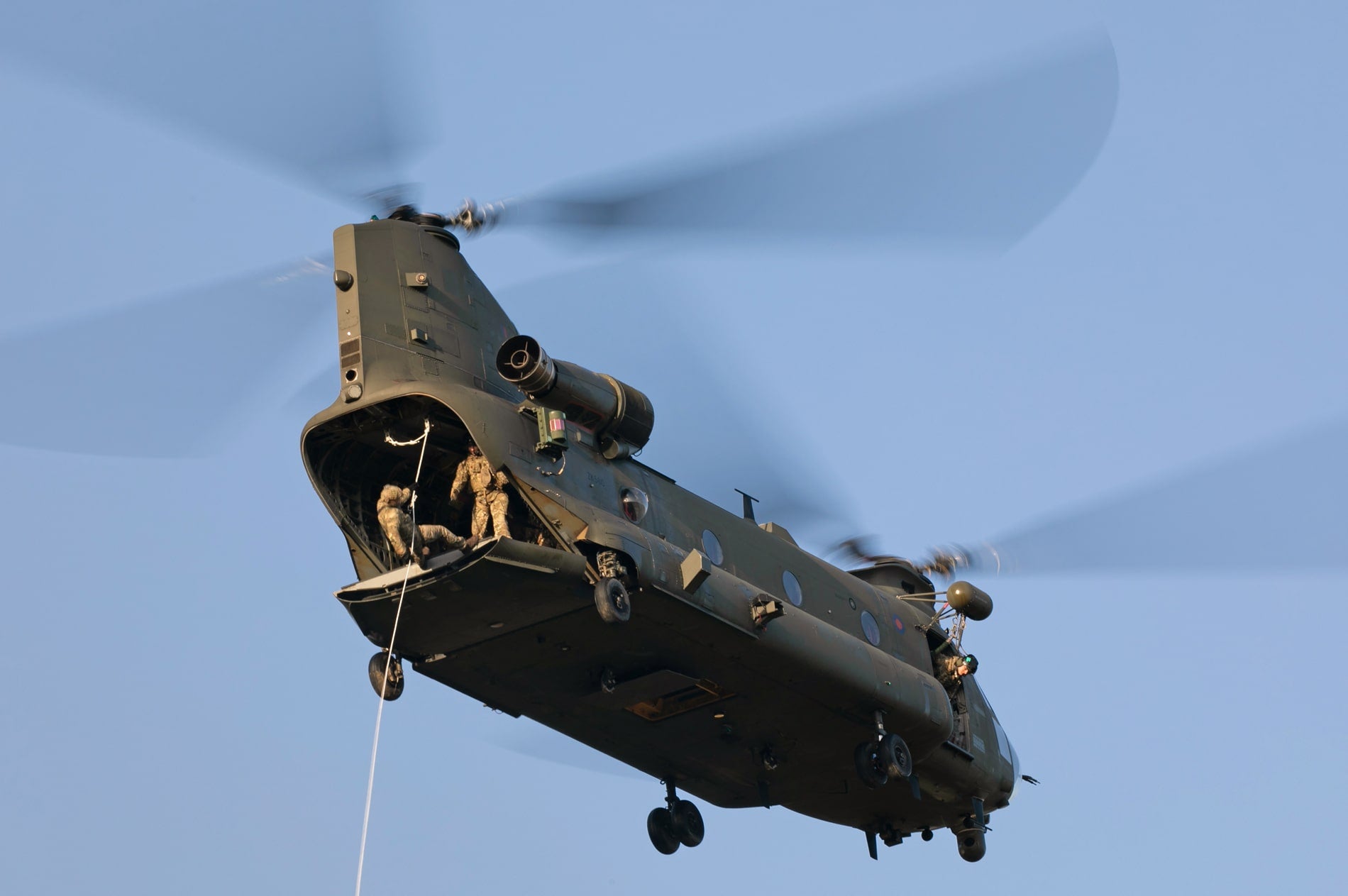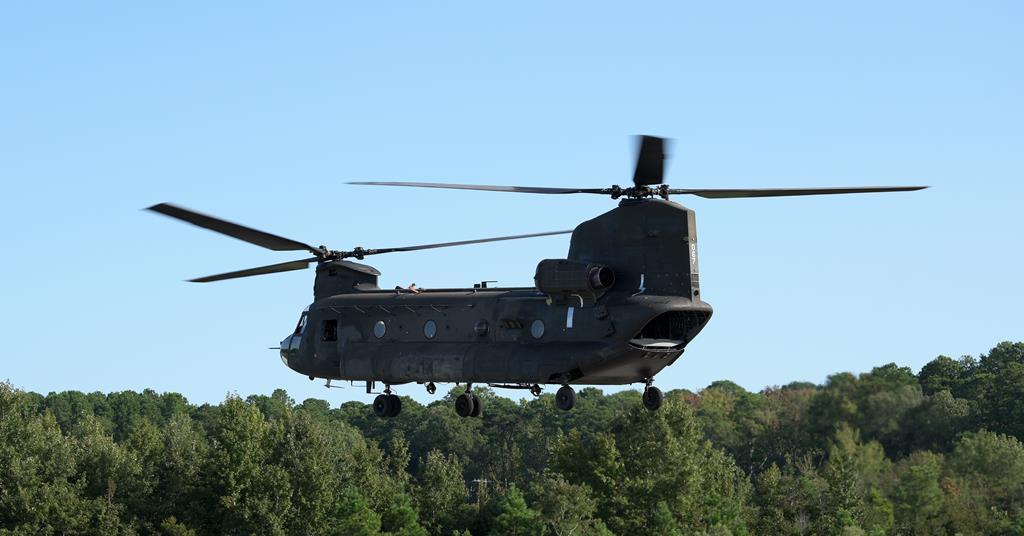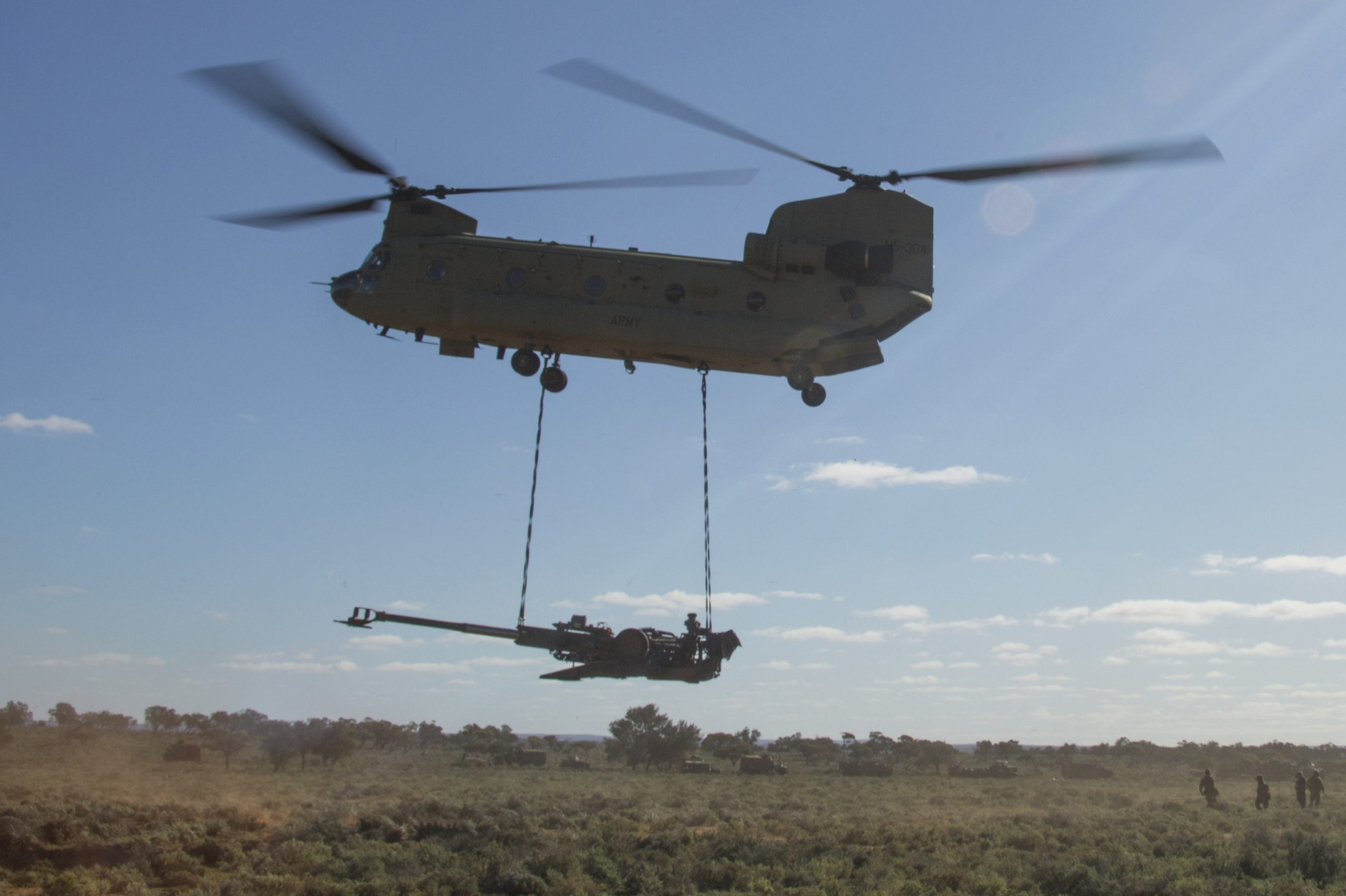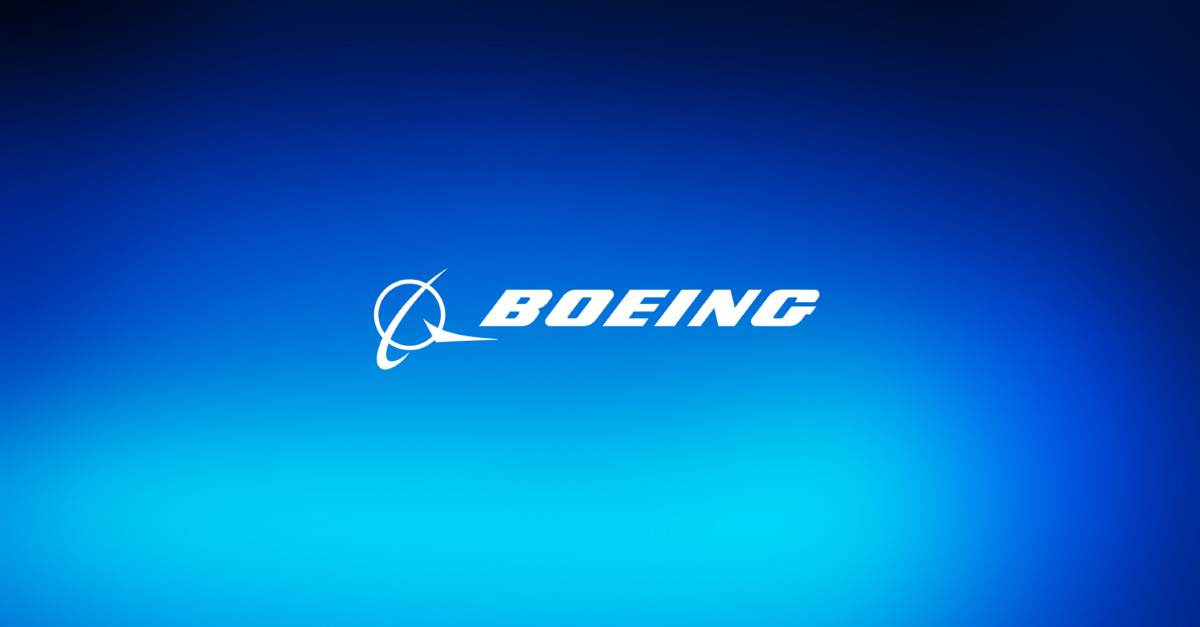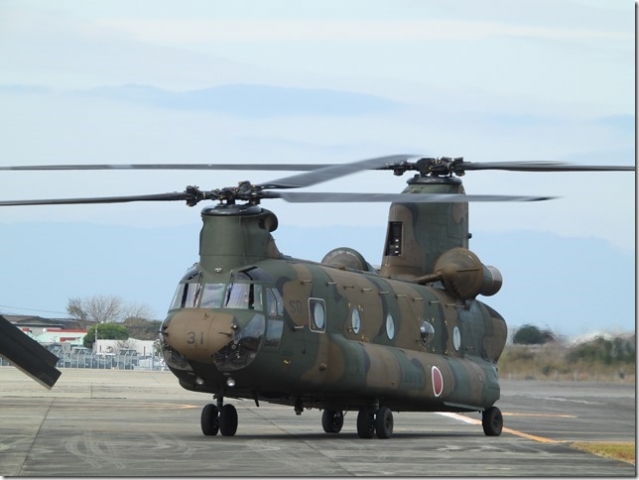- Joined
- 3 June 2006
- Messages
- 3,094
- Reaction score
- 3,964
The NCH-47D Chinook testbed helicopter has flown for the first time with the more powerful GE T408 engines of the CH-53K.I wouldn't be surprised if Germany also hops on the French interest for the Chinook, so that both forces will have a joint fleet just like with the joint Franco-German C-130J Super Hercules squadron based at Evreux, France. But I really want to know, how well the CH-47 performs with the GE T408 engines of the CH-53K.
Source / Link: https://www.thedrive.com/the-war-zo...ful-t408-engines-has-flown-for-the-first-time


